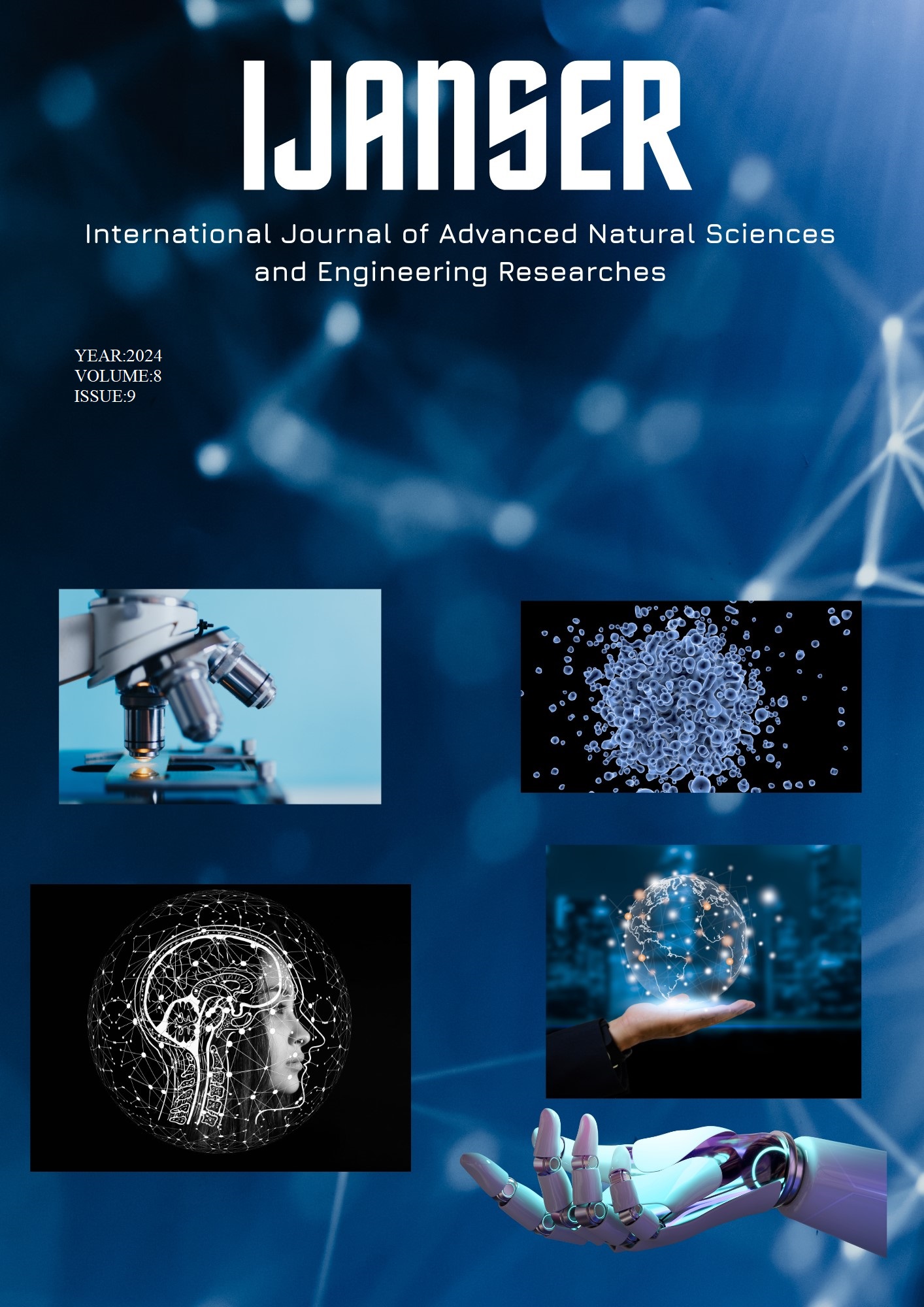Electric Motor
Keywords:
Internal Combustion Motor, Thermal Motor, Electric Motor, Permanent Magnet Synchronous MotorAbstract
The transportation sector has undergone many profound changes, a true revolution occurred in the 20th century with the widespread adoption of the internal combustion engine which uses fossil fuels, relatively available and simple to use. Despite the decrease in emissions in the Organization for economic cooperation and development OECD countries, the countries emitting the most greenhouse gases linked to transportation, the sector's contribution to global GHG emissions increased by 18% over the 2000-2010 periods. This industrial environment has changed greatly because we are no longer in an era where demand exceeded supply. Currently, supply is significantly higher than demand, and companies are seeking to improve and better manage their production while reducing costs. In return, the electric motor in the vehicle today implies a significant additional cost that will have to be recouped by the driver through reduced consumption and, in the longer term, through the benefit of additional features. This additional cost will be all the more significant as the degree of vehicle electrification and the features provided by this motor are substantia.
Downloads
References
Takdjout. A and Tadjine .M .(juin 2009).these Modélisation, Commande et Simulation d’un Moteur Hybride PFE. Ecole Nationale Superieure Polytechnique.Algerie.
A. Chouchou, A. Tlemcani (juin 1997) Commande vectorielle avec un réglage adaptatif d’une machine synchrone a aimants permanents.Algerie.
M. Bensaid, A. Djahbar. (1995) Commande vectorielle de la MAS alimentée en tension; PFE.Algerie.
B.K. Bose. (1986). power electronics and AC drives. Printice-Hall.
D.A.J.Rand, R. Woods and R.M.Dell. (1998).Batteries for electric vehicles; John Wiley and Sons; New York.





